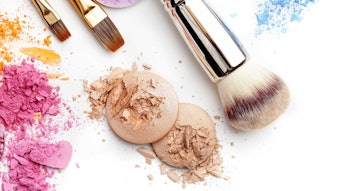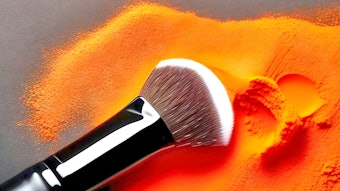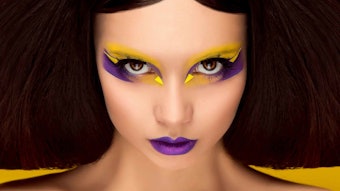Butterflies, bacteria, yeast and fungi are providing new ways to color cosmetics, thanks to recent developments in microscopy, microbiology, nanotechnology and biotechnology. Although cosmetic colorants are highly regulated, certain colorants from plants and minerals do not require certification and have long histories of use in cosmetics. Among these are henna, caramel, annatto and beet extract from plants, and chromium hydroxide green, manganese violet, ultramarines and zinc oxide from minerals. But what has been heard lately from the animal kingdom, or from the kingdoms of bacteria and fungi.
Butterflies and Colorless Color
“When you are looking for new ideas, sometimes it’s interesting to look at what nature is doing,” said Patricia Pineau, L’Oréal’s R&D communications director. L’Oréal recently developed cosmetics that use chemistry and light instead of pigments, waxes and oils to obtain color in lip, eye and nail products.
The idea came from certain optical effects in the wings of the swallowtail butterflies (Papilio nireus, formerly Princeps nireus) of eastern and central Africa. The wings have bands of blue spots composed of fluorescent scales. The scales do not simply reflect light. They actively shine, and their construction enables them to channel the light to make it even brighter.










